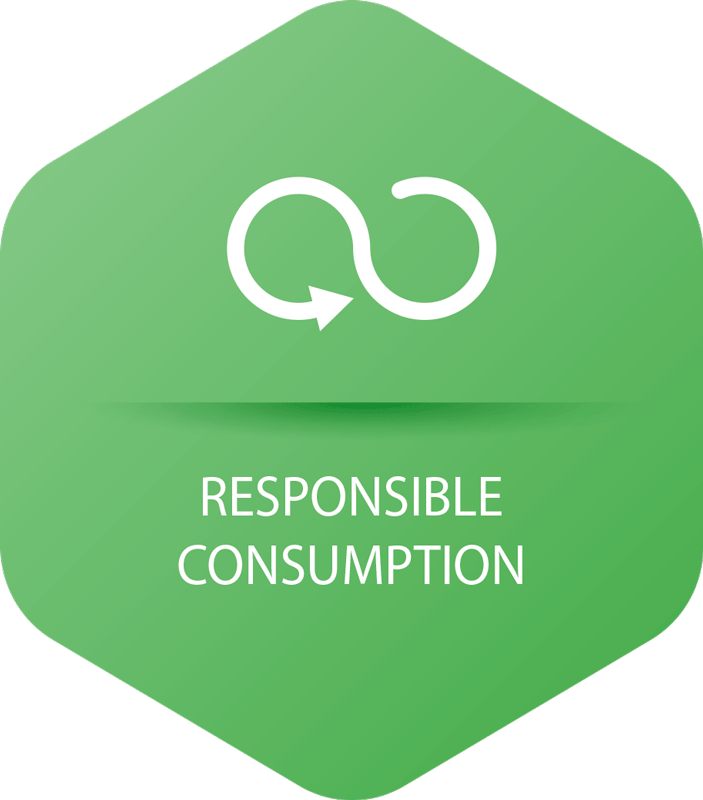
SDG 12

SDG 14
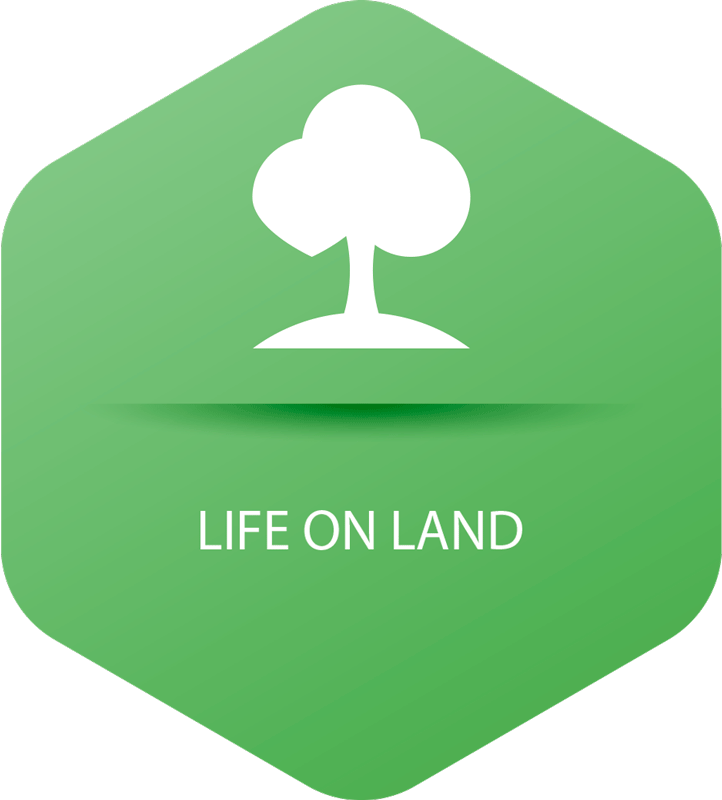
SDG 15
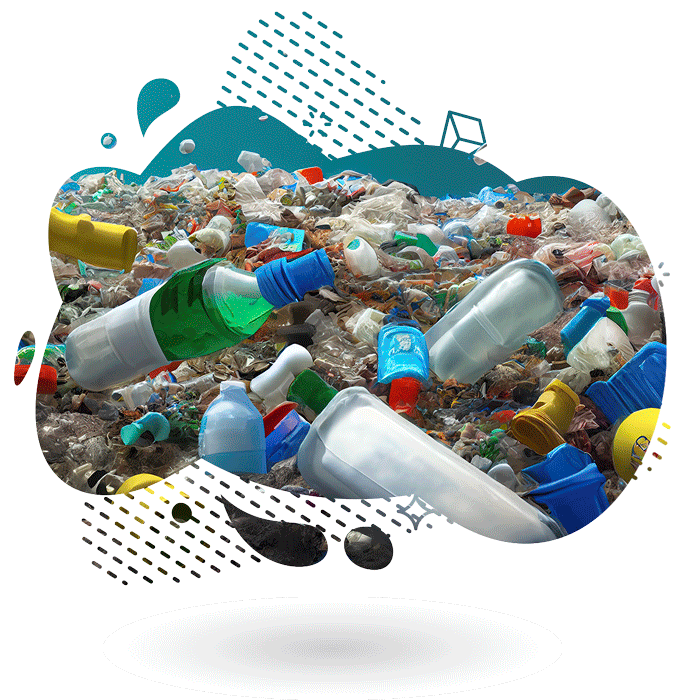

WHY PLASTICS?
Plastics Are Not Evil. It's How We Treat Them.
As weird as it may seem, we cannot ignore the prevalence of plastics in our everyday life. Throughout the years, plastics have evolved to adapt to several use cases. And we keep designing these plastics for ease of use while paying little attention to their environmental impact. Without humans, there would be no plastic variations in our oceans or landfills, so they exist because we “humans” chose to.
Economies will collapse on an outright ban on plastics, so we need to adjust gradually, from adopting reusable plastics to removing single-use plastics from our daily lives. This is where AYNAT comes in.
We are on a mission to educate the masses and encourage reusables and biodegradable plastics. Develop technologies to find plastic alternatives and convert existing plastic waste into products that impact lives. We still have enough time to save our planet.
OUR APPROACH TO PLASTIC WASTE MANAGEMENT
How We Are Doing It
We contribute to our quota to the fight against plastic pollution in Africa in the following ways:
- Education/ Awareness Creation
- Research (Plastic Alternatives, Reusables & Carbon Capture)
- Waste Management/ Recycling Projects
- Beach & Community CleanUps
- Novel AI, IoT & Blockchain solutions to support organizations addressing plastic pollution
- Support Governments & Global Organizations to incentivize climate-friendly technologies (Carbon Credit).
- Plant Trees to help with Carbon Sequestration
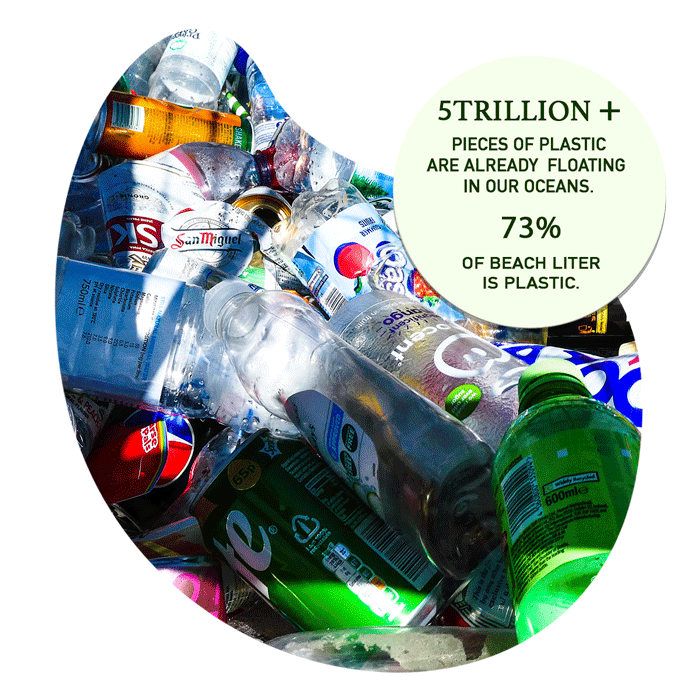
PLASTIC RECYCLING IN A NEW ERA
We Are On a Mission to Reimagine Recycling in Africa


Novel Recycling Ideas
"Reduce, reuse, recycle, and rethink.
The future of our planet depends on it."
PLASTICS ON THE RADAR
1. Humans eat over 40 pounds of plastic in their lifetime.
2. More than 5 trillion pieces of plastic are already floating in our oceans.
3. Worldwide, 73 percent of beach litter is plastic.
4. By 2050, virtually every seabird species on the planet will be eating plastic.
5. Estimates for how long plastic endures range from 450 years to forever.
6. 1 million marine animals are killed every year by plastic pollution.
7. A plastic bag has an average “working life” of 15 minutes.
8. The largest market for plastics today is packaging materials.
9. Some 700 species of marine animals have been reported to have eaten or become entangled in plastic.
10. More than 40 percent of plastic is used just once, then tossed.
11. More than 6.3 billion tonnes of plastic waste have been generated. Around 9 percent of that was recycled, 12 percent was incinerated, and 79 percent accumulated in landfills or the environment.
12. We produce over 380 million tons of plastic every year.
13. Over the last ten years, we have produced more plastic than in the previous century.
NB: “Plastic pollution-free world is not a choice but a commitment to life – a commitment to the next generation.”
#Let us wipe out plastic before it wipes us out. Less plastic, More life.#
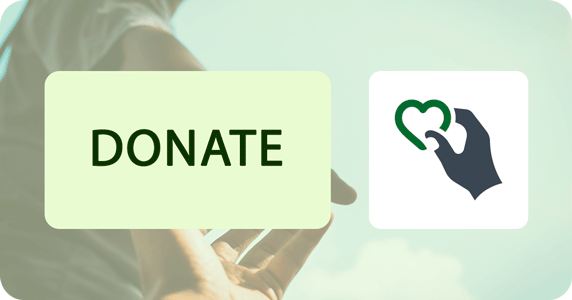
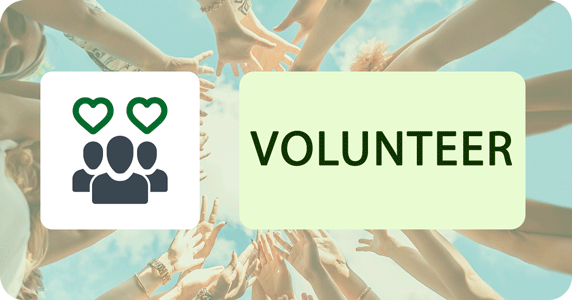

Subscribe to our Newsletter
and receive latest updates in your inbox.



